What draws people to explore Antarctica, the ‘highest, driest, coldest, windiest’ place on Earth? What is it about the white continent, with its freezing temperatures, desolate landscapes, and complete isolation, that compels one to make to the arduous journey to the bottom of the world? The mystique of Antarctica and its stories of heroism, adventure, and exploration, is as alluring as it is fascinating. A person cannot help but to feel small in the presence of such beauty and ruthless fury. Being so close to nature and so far from the distractions and comforts of society evokes a profound sense of emotion, reflection, and personal responsibility to protect Earth’s precious ecosystems. As Ray Mears writes in Surviving Antarctica, “People travel there to gain a better understanding of our planet and the way in which we as a species are impacting our biosphere.” The backdrop of towering peaks and glistening ice fields appears almost untouched by mankind, a striking paradox to the delicate balance on which this fragile environment depends.
It would seem almost irrational to run a marathon in Antarctica, but runners around the world line up to brave the rough seas of the Drake passage and bone-chilling conditions to complete a race at the bottom of the world. As part of our journey to be the first mother-daughter team to run a half-marathon on all seven continents, my mom and I traveled to Antarctica with nearly 200 other runners to complete the 2014 half-marathon in March. The accomplishment of testing your physical endurance in one of the most remote places on the planet is both liberating and humbling. Jenny Hadfield of Runner’s World wrote, “The Antarctica Marathon is billed as one of the most grueling marathons in the world…The race course is typically defined as brutal, including ankle deep mud, ice, snow, mammoth hills, and a constant and exhaustive headwind that can blow from 20-40 miles per hour.” While conditions in Antarctica can quickly turn bleak, the intermittent days of blue skies and still waters were unparalleled in their splendor. We awoke to the brilliant spectacle of humpback whales, pristine glaciers protruding from the seas, and penguins scattered along distant shores. The purity of Antarctica’s wilderness is an important reminder of our obligation to act as planetary stewards and protect against environmental harm.
Part of our seven-continent goal is to promote awareness about the challenges facing different regions of the world, which are largely due to climate change, rampant population growth, and the stresses of modern-day consumption. While Antarctica has not experienced the same dramatic ice loss that is occurring in the Arctics, the effects of climate change at the polar regions is a foreboding sign of our pervasive impact as a species. Recent reports of Greenland’s deteriorating ice sheet have made front cover news, stating a projected rise in sea level between 11 and 38 inches by 2100. Live Science On the opposite end of the world, the West Antarctic ice sheet is also experiencing rapid declines, and the retreat of six glaciers in this area each year is comparable to the amount of ice loss from the entire Greenland Ice Sheet annually. Also in West Antarctica, warming waters and decreasing sea ice has reduced the abundance of krill, leading to a sharp decline in penguin populations, including the Adelie and Chinstrap species, which depend on krill as a primary food source. BBC News
Individually, our own environmental footprint may seem limited to our immediate surrounding, but collectively our impact extends to the farthest reaches of the planet. Combating climate change is a necessary step to reverse the trends we see around the world: receding glaciers, melting ice caps, disappearing species, declining tree cover. New approaches and innovations are emerging in response to our mounting obligation. Renewable energy, improved waste treatment, smarter technology, and the many other advancements in development each play an integral role in adapting to a more sustainable way of life. Our role at Rooted In Hope is to protect forests, the lungs of our planet, through reforestation and sustainable agriculture. By planting trees and reducing deforestation, we are helping to empower communities and mitigate the effects of climate change around the world. Each step we take, each tree we plant, and each life we change, is part of a global effort to preserve the world’s natural resources and pristine landscapes for generations that follow.

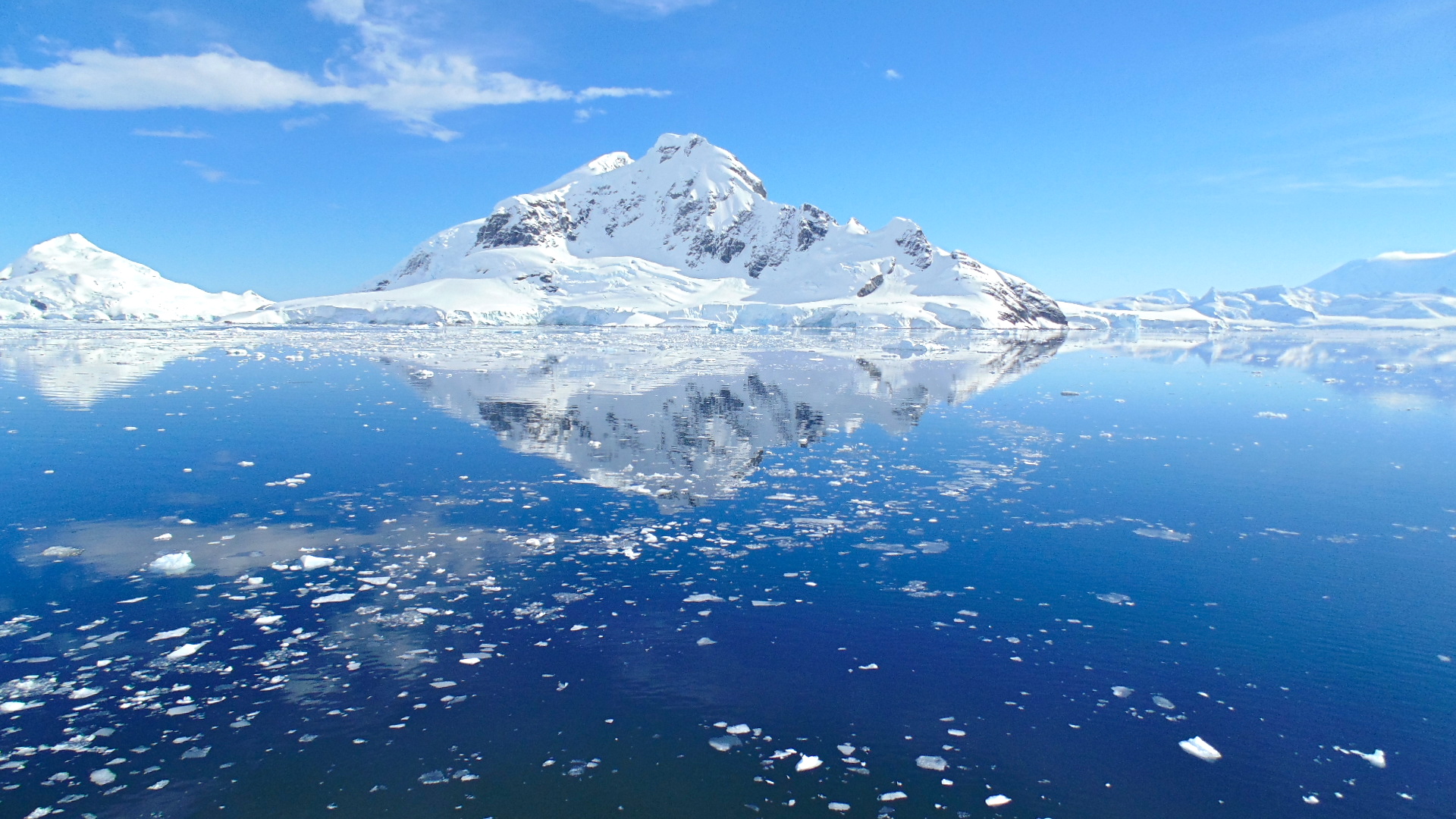
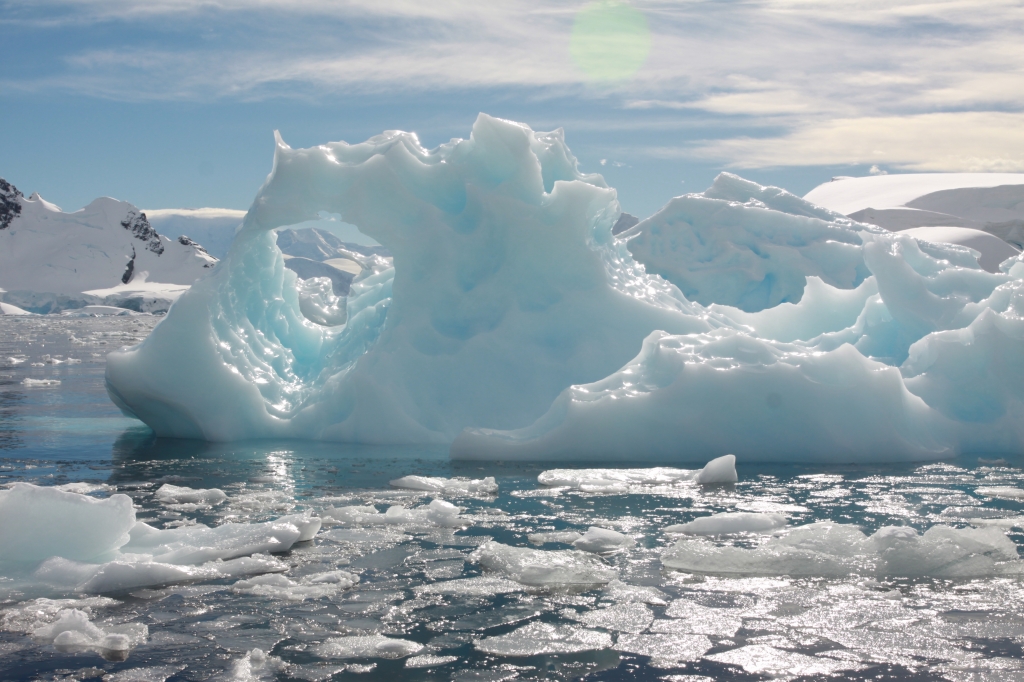
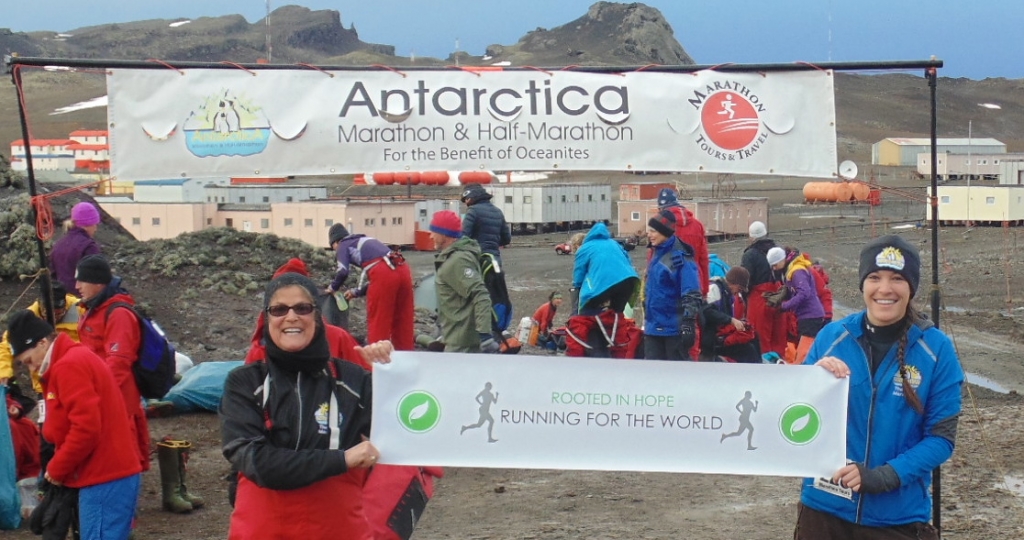
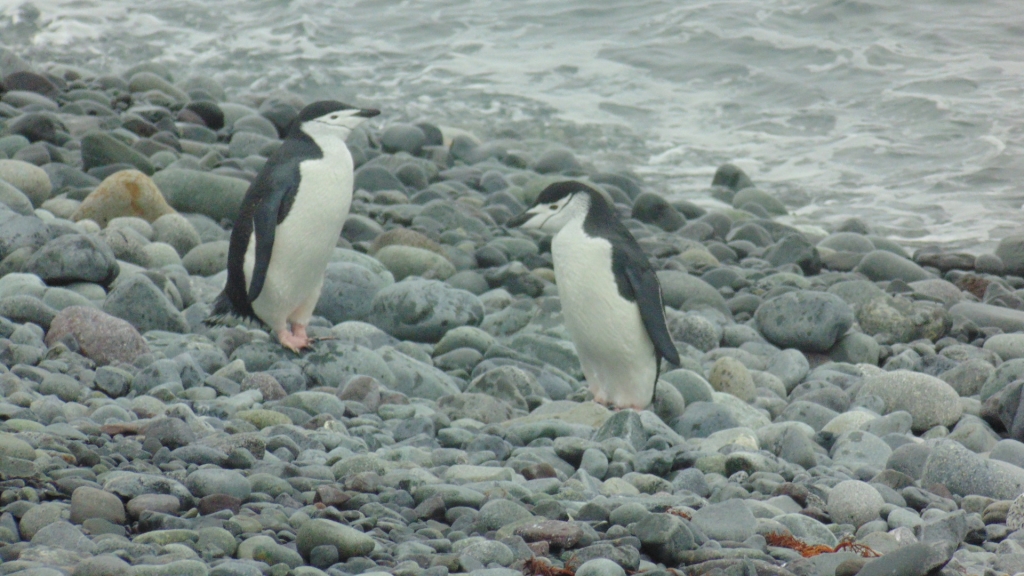
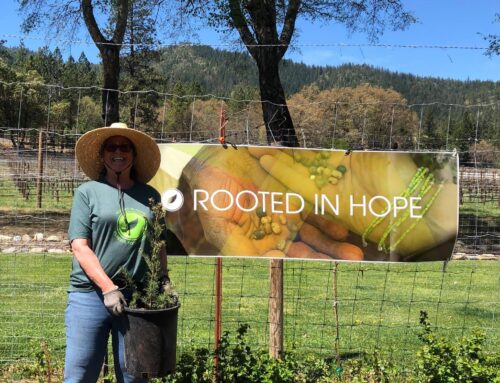


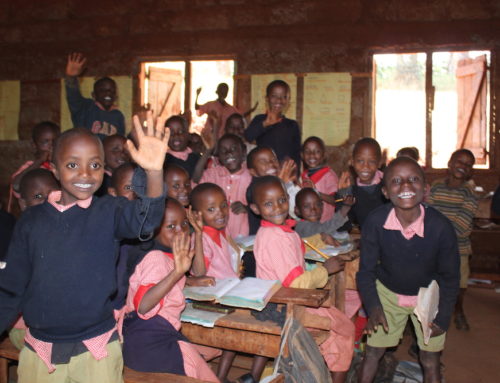






EXCELLENT BLOGS